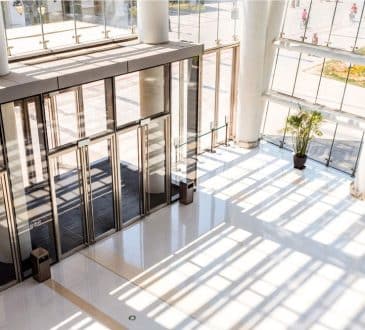The Flexible Workforce Is the Future of Work

The breakneck pace of technology and industry means that the skill sets needed to get work done are evolving quickly. Finding highly skilled workers in today’s tight labor market can be tough. A recent survey of human resources managers revealed that many businesses are struggling to fill jobs and that the skills gap among current workers has widened.
Unemployment rates have been dropping since the financial crash, so businesses relying on local talent alone could face an uphill battle when trying to find the people and skills they need. In order to procure the necessary expertise, companies need to reach beyond the traditional methods of hiring to discover new ways to find and engage workers.
Help can be found for companies willing to embrace the changes taking place in the workforce. Today, nearly 42% of the average company’s workforce is comprised of contingent workers, and many younger workers are embracing nontraditional working roles. Those seeking a better work-life balance value the ability to determine when and where they work.
Transforming Your Company’s Workforce
If your company is ready to build a workplace that attracts and supports a flexible team, start with these three strategies.
- Be open to new ways to engage workers. Talent used to be one employee with a marketable skill set working for one company. But now, freelancers, independent contractors, and other contingent (aka temporary) workers make up a large and growing portion of the American workplace. Plus, more than half of companies report that they plan to employ more contingent workers in the next few years.
Reframe your company’s definition of talent in order to get the best minds for the job, no matter what form their employment takes. The first step might be to overhaul your staffing methods. Consider using an online staffing platform like Toptal or Catalant, or create a direct sourcing department within your company to find candidates through multiple channels. Consider both W-2 and 1099 workers and broaden your search to include candidates across the nation or even the world. - Transform your workforce strategy as needed. The history of business is littered with misfires that can be attributed to a failure to adapt. Your company will need to adopt new practices to cope with change by keeping up with the required expertise. You should also build in the ability to scale as the business changes. Per “The Future of Jobs Report 2018,” 54% of all employees will require some form of retraining by 2022.
Leading a cultural change for your company by continuing to make sure you have the right talent to support the evolving technology and workforce will be essential to survival. That could mean bringing in a highly skilled contractor for a year because you need his expertise, or you might need to hire several workers for a project that lasts six months.
Adjustments will sometimes mean making tough decisions about your current workforce to make sure workers can stay ahead of evolving technology. A skill set you needed three years ago may no longer be relevant today. Helping your workers get training and stay current on skills is a win-win. - Adopt the right tools and technology. A flexible workforce means that you can employ workers remotely, but making it work requires the right tools. Communication tools like Microsoft Teams, instant messaging apps like Slack, and video conferencing programs like Zoom can empower you to keep in touch, no matter where workers are physically located. Make these tools part of your everyday routine to help workers feel like they are connected and a vital part of your team.
Companies that cling to the notion that workers have to be in a particular building to be working will miss out on the opportunity to engage a highly skilled population of workers. The workforce of the future will also throw up numerous workforce planning challenges. The more you embrace new technologies, the better you’ll adapt to the shifting demands of the flexible workforce.
Your future workforce will be shaped and defined according to your business objectives and mission. You need to be ready to evolve and scale to keep your business marching forward. Thriving companies that engage all types of workers, adapt to changing environments, and adopt the right tools will be the ones that succeed.
Have you read?
# Best (and worst) countries in the world for old people to live in, 2020
# Countries with the highest life expectancy in the world, 2020
# Most expensive countries in the world to live in, 2020
# Most Popular Places To Birdwatch In Each US State
# Best Countries For Investment In Ecommerce And Digital Sector, 2020
Bring the best of the CEOWORLD magazine's global journalism to audiences in the United States and around the world. - Add CEOWORLD magazine to your Google News feed.
Follow CEOWORLD magazine headlines on: Google News, LinkedIn, Twitter, and Facebook.
Copyright 2025 The CEOWORLD magazine. All rights reserved. This material (and any extract from it) must not be copied, redistributed or placed on any website, without CEOWORLD magazine' prior written consent. For media queries, please contact: info@ceoworld.biz











